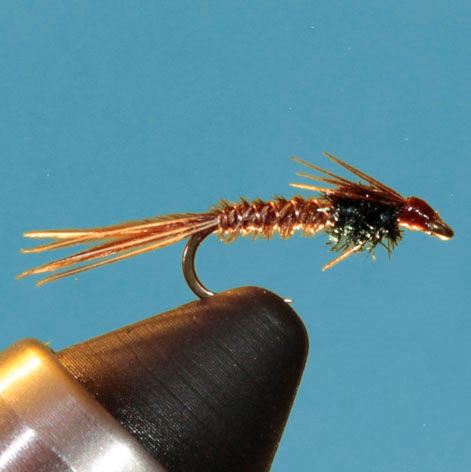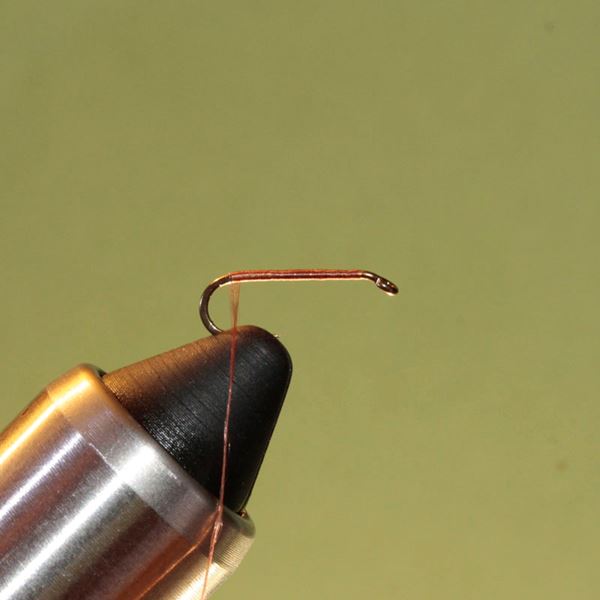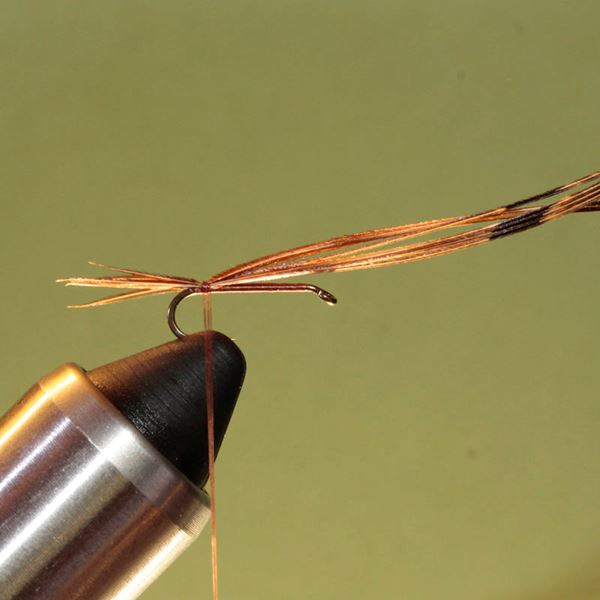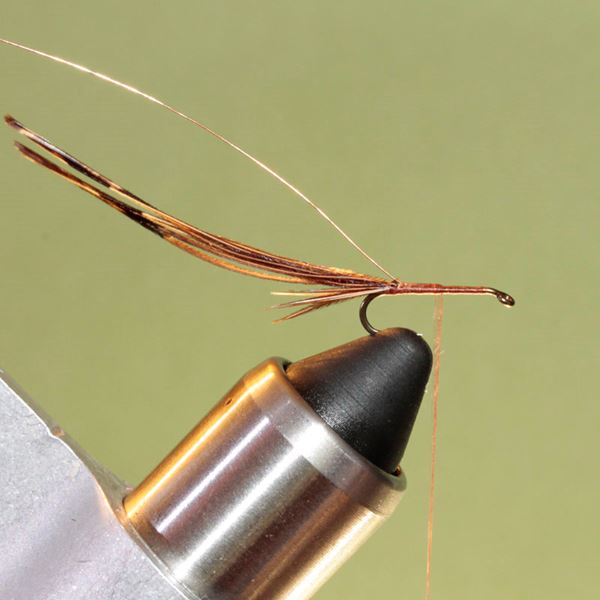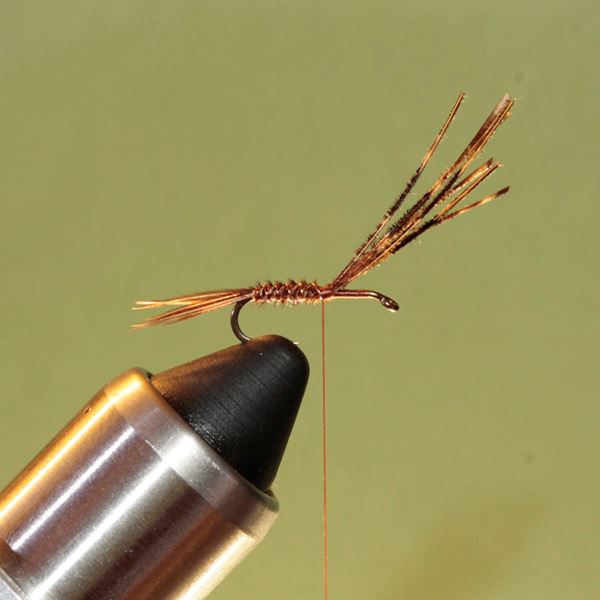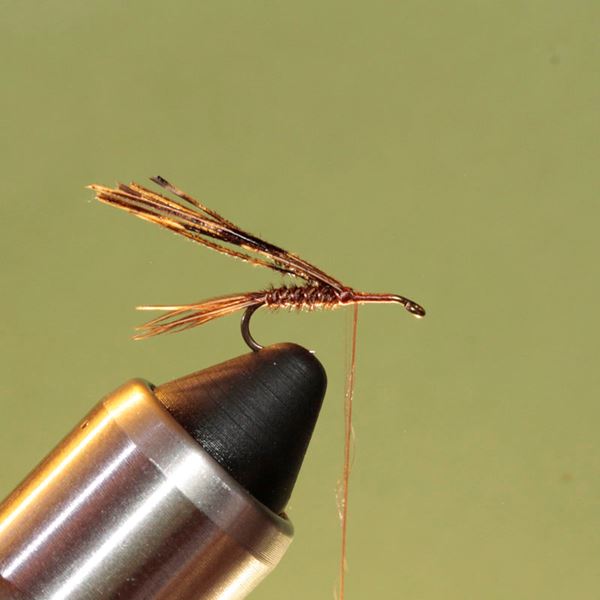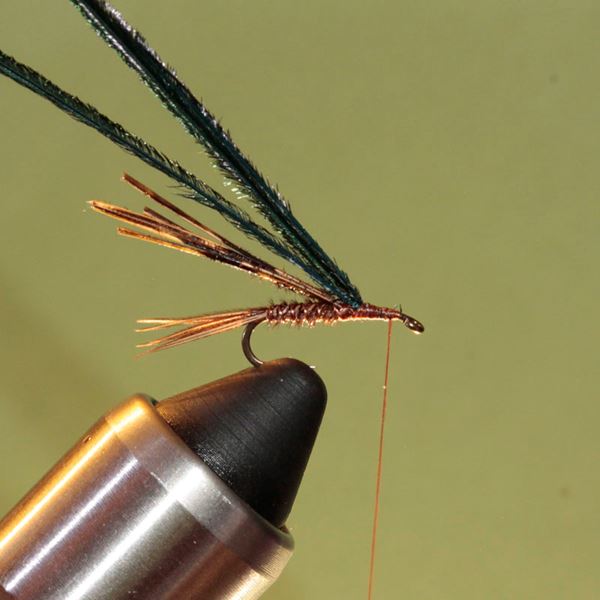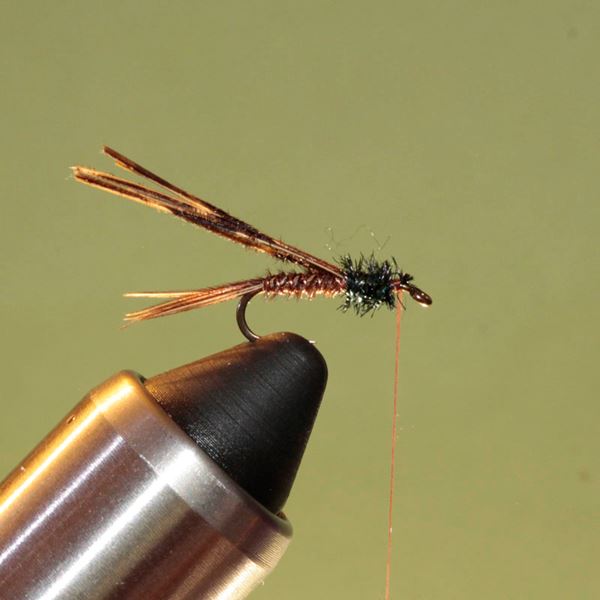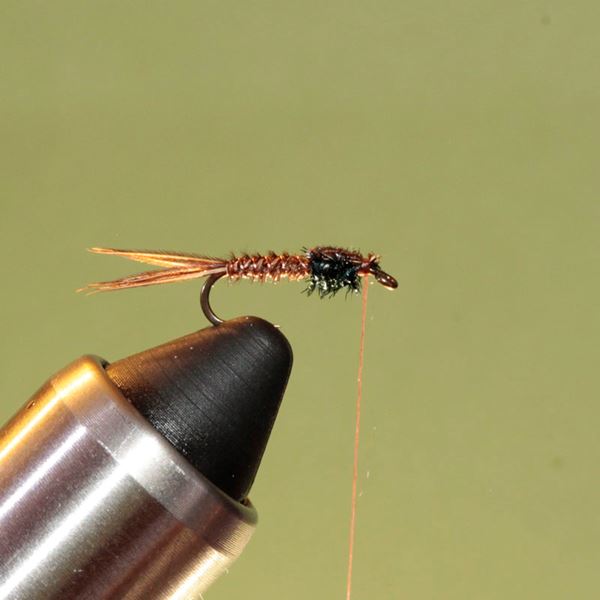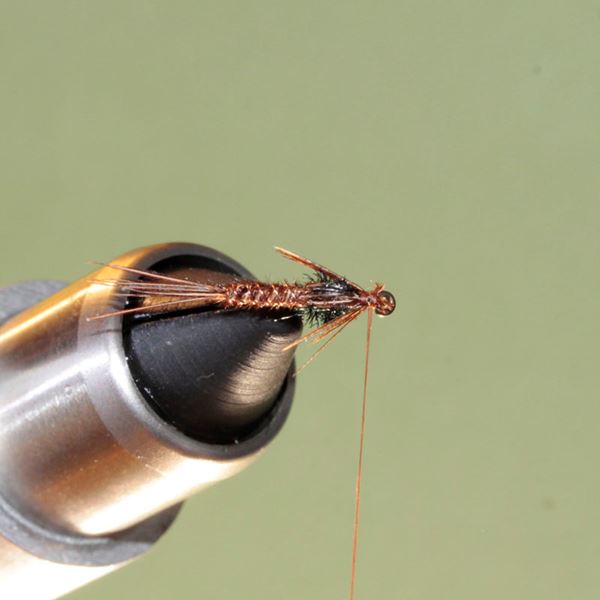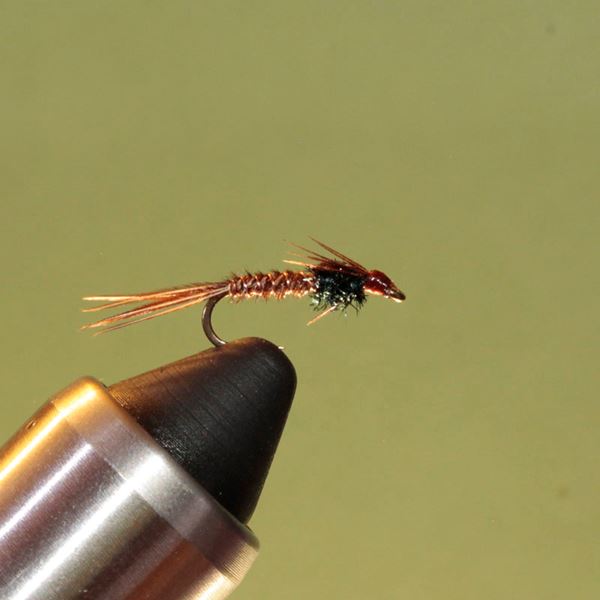Pheasant Tail Nymph
This classic nymph pattern uses pheasant tail fibers to form its tailing, body, wing case, and legs. Gold ribbing helps to simulate a segmented body while adding a little flash. Pearlescent peacock herl finishes out the fly. It can be weighted with a lead wire underbody over the thorax area.
- Submitted By: Fly Tying Guide
